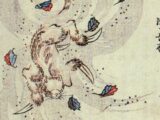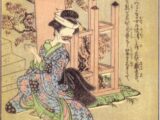The Dark Legends of Studio Ghibli: Secret Meanings, Forgotten Endings, and Royal Obsessions
The Dark Legends of Studio Ghibli: Secret Meanings, Forgotten Endings, and Royal Obsessions
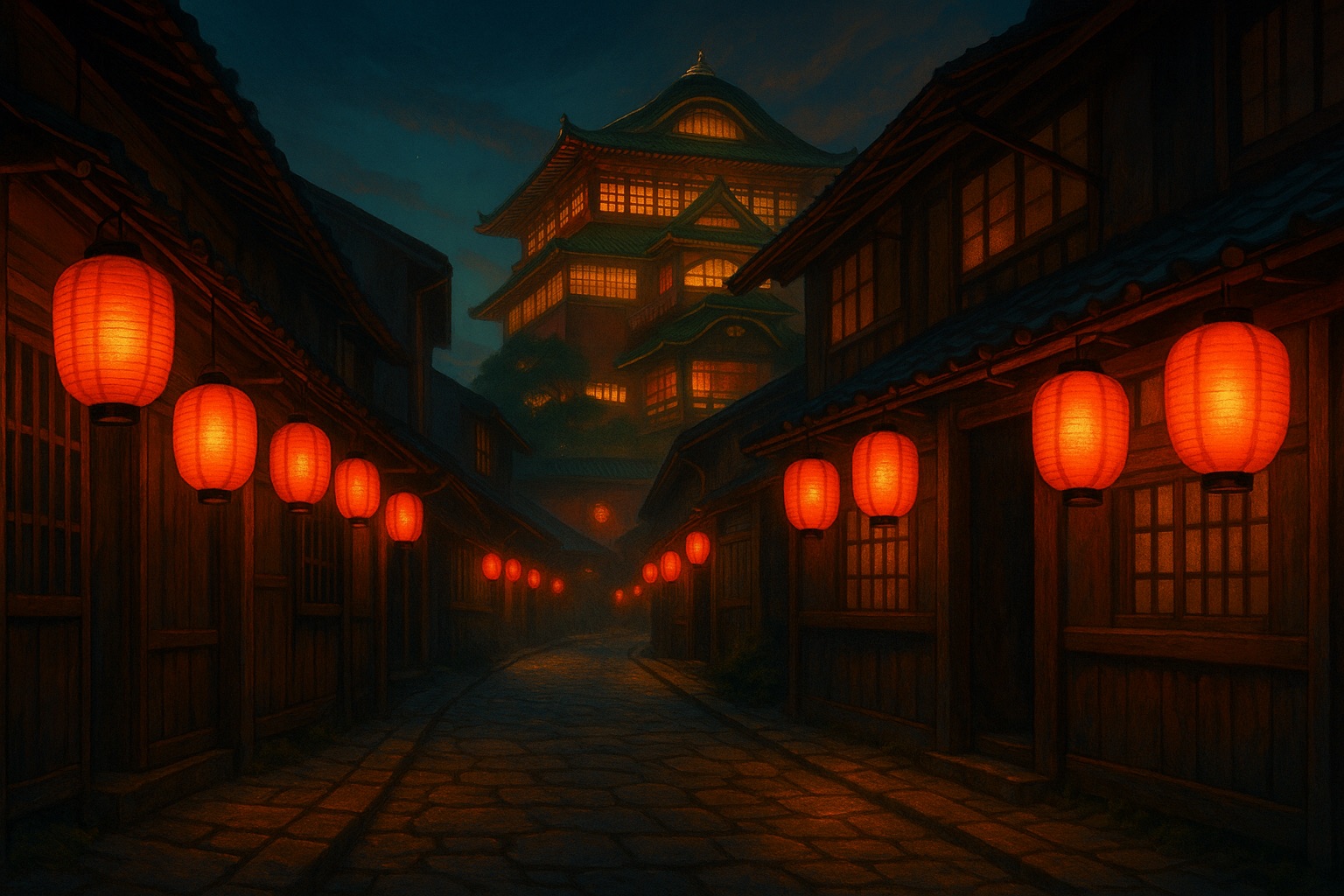
From whimsical bathhouses to crumbling sky-castles, Studio Ghibli’s animated films have captivated audiences across generations. But beneath the lush animation and heartwarming plots lies a hidden world of urban legends, symbolic interpretations, and eerie coincidences that hint at something deeper—and much darker. This article explores the lesser-known narratives and conspiracies that have emerged from Ghibli’s most iconic works.
1. Spirited Away: A Hidden Allegory of the Sex Industry?
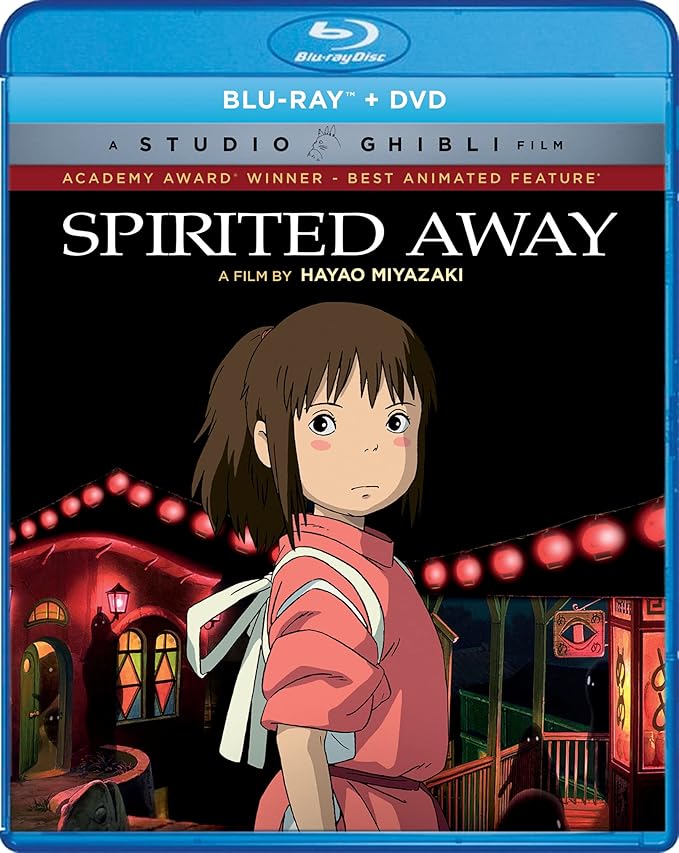
Hayao Miyazaki’s Spirited Away (2001) is widely praised for its imaginative storytelling and visual brilliance. But in Japan, it’s often interpreted as a veiled critique of modern society through the lens of a disturbing metaphor: that the bathhouse where Chihiro works is, in fact, a symbolic brothel.
Historically, in Edo-period Japan, bathhouses (yuya) sometimes functioned as fronts for prostitution. These were managed by elder women known as yubaba, eerily similar in name and role to the witch who controls the bathhouse in the film. The workers in these establishments were often stripped of their real names and assigned simple aliases—just as Chihiro is renamed “Sen.” Red lanterns, which adorn the bathhouse in the film, have also historically been associated with pleasure quarters.
Miyazaki himself added fuel to this interpretation. In a 2001 interview with Premiere Japan, when asked why he chose this story, he commented:
> “If you ask me what setting is most appropriate to depict today’s world, I’d say the sex industry. Japan today is like one giant sex industry.”
Some even believe Spirited Away echoes North Korean abduction narratives, with Chihiro forcibly separated from her parents, renamed, and made to work under authoritarian rule. The allegory—though unconfirmed—resonates eerily with real-world traumas.
Another curious phenomenon occurred with the 2002 DVD release in Japan: viewers complained that the film appeared unusually tinted in red. Though the studio attributed this to a technical issue, conspiracy theorists saw it as an omen—linking the red hue to communism, and suggesting a kind of ideological “curse” from beyond.
One final theory delves into Chihiro’s name. In a key scene, Yubaba removes the character “尋” from her name, leaving her with only “Sen (千).” The character “尋” can be interpreted as containing elements symbolizing spiritual invocation—suggesting that Yubaba is severing Chihiro’s spiritual connection, rendering her more controllable. And yet, Chihiro signs her name incorrectly on the contract—mistaking one element—which ultimately invalidates the magical binding. Whether by accident or subconscious rebellion, she preserves her freedom through a single written stroke.
2. Laputa: Mythic Origins and the Mandela Effect
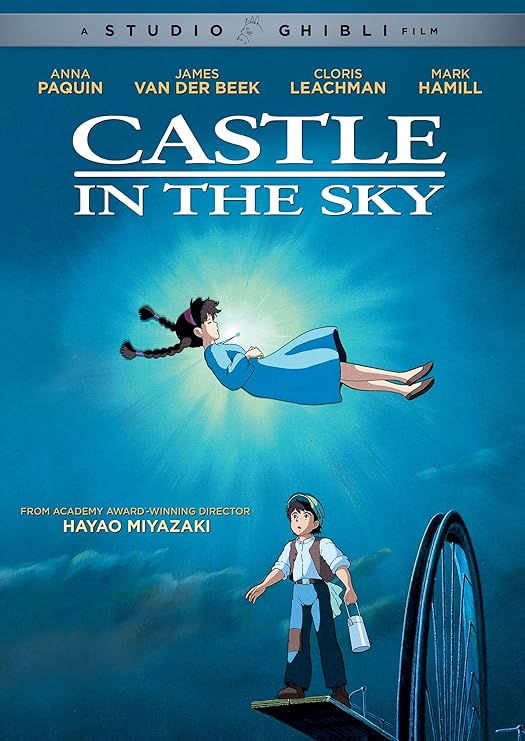
Though Laputa: Castle in the Sky (1986) is considered an original work, many believe it draws on a mixture of literary and mythological sources—particularly Jonathan Swift’s Gulliver’s Travels and the Indian epic Ramayana.
In Swift’s tale, Laputa is a flying island ruled by scientists and intellectuals who are so absorbed in abstract theories that they lose all connection to real-world needs. They dominate the land below with advanced technology but fail to govern justly—mirroring Miyazaki’s vision of Laputa as an abandoned, decaying power once capable of great destruction.
From the Ramayana, the parallels are even more mythic. According to some interpretations, Pazu and Sheeta reflect the archetypes of Rama and Sita. Sita is kidnapped by an evil overlord (Muška), and Rama (Pazu) teams up with airborne allies (like the monkey army in the epic) to rescue her. After a dramatic confrontation, Sita must prove her purity, ultimately being swallowed by the earth itself—a gesture echoed in Sheeta’s symbolic distancing from Laputa’s corrupt legacy.
These literary connections aren’t merely academic—they enrich the film’s reading as a moral tale about technology, purity, and memory.
Then comes the Mandela Effect: an urban legend claims that an alternate ending once existed, in which Pazu visits Sheeta in a peaceful countryside after Laputa’s destruction. Despite Ghibli’s denial, many viewers insist they remember this ending, citing vivid details. Whether a case of collective false memory or a lost version, it continues to intrigue fans around the world.
3. Whisper of the Heart: The Movie That Makes Adults Cry
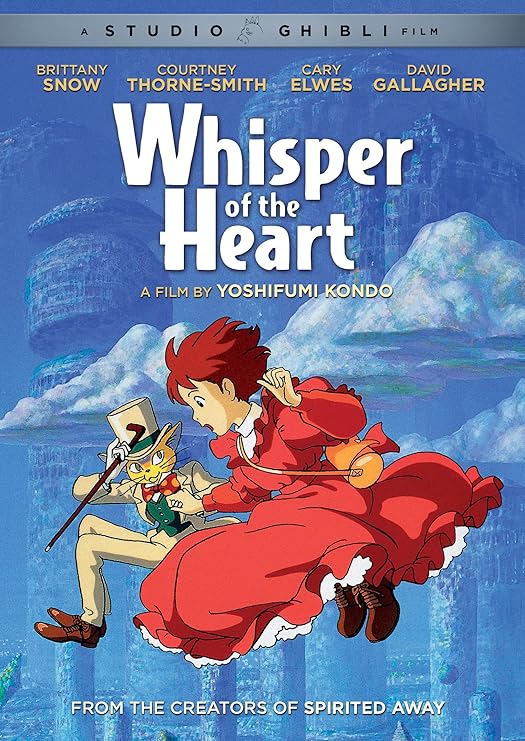
At first glance, Whisper of the Heart (1995) is a tender tale of adolescence, creativity, and first love. But for many adult viewers—especially those rewatching it years after their teenage days—the experience is haunting.
In Japan, it’s become known online as the film that “makes you want to die.” Not because of violence or trauma, but because it evokes a deep ache of nostalgia and regret. Viewers reflect on their own youth and often come up short—seeing in Shizuku’s passionate dreams a mirror of their own lost ambition. The story is so grounded, so beautifully ordinary, that it can stir existential grief.
Though no actual cases of suicide have been connected to the film, its emotional weight has become a meme and a warning. International audiences, too, have shared similar feelings of bittersweet loss after watching.
4. Princess Mononoke: The Tragedy Woven into San’s Cloak
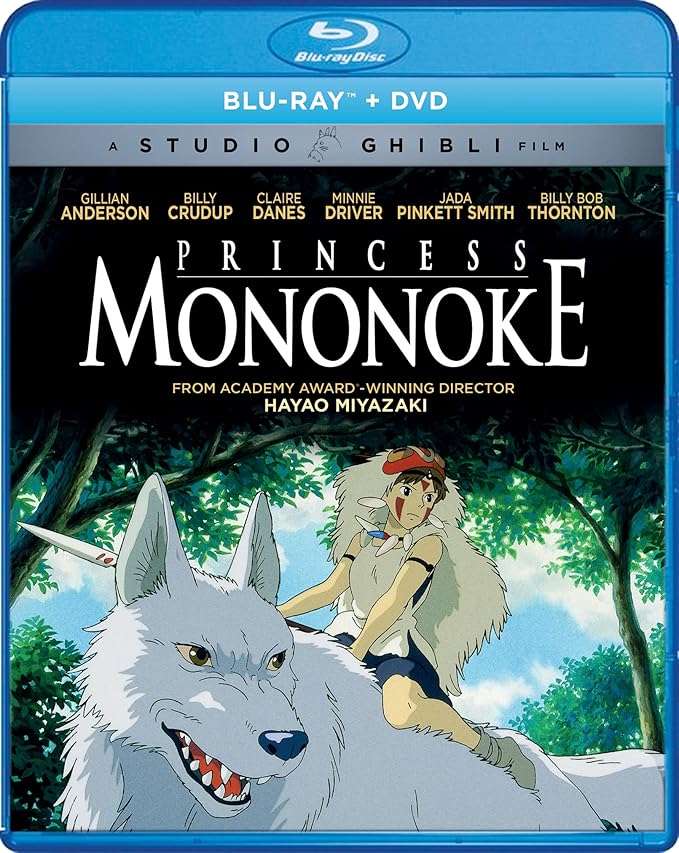
Princess Mononoke (1997) is perhaps Ghibli’s darkest and most thematically complex film. San, raised by the wolf god Moro, wears a striking white pelt—one that may carry a much deeper and sadder meaning than most viewers realize.
A persistent urban legend claims that San’s cloak is made from the fur of Moro’s dead pup. In this telling, humans once killed one of Moro’s children. In response, they offered up a human baby—San—as tribute. Moro, moved by pity and rage, raised the child while cloaking her in the skin of her own slain offspring.
The theory paints San as a living testament to loss and uneasy reconciliation. She becomes the embodiment of Moro’s grief, a bridge between species, and a reminder that even survival comes at a price.
5. Spielberg, Royal Weddings, and Ghibli’s Global Reach
The influence of Ghibli stretches far beyond Japan. One widely circulated rumor holds that Steven Spielberg was so impressed by the car chase in Lupin III: The Castle of Cagliostro (1979) that he borrowed its style for his own films. Though never confirmed, similarities in chase dynamics have led fans to draw the connection.
More substantiated is the impact on John Lasseter, who saw Cagliostro early in his career and became a passionate Miyazaki supporter. He would later help bring Spirited Away and other Ghibli titles to Western audiences.
Perhaps most unexpectedly, Ghibli also touched Japan’s royal family. When Sayako Kuroda (formerly Princess Nori) married in 2005, rumors emerged that she wore a wedding dress inspired by Princess Clarisse from Cagliostro. A known anime enthusiast, she reportedly drew scenes from the film in her youth and had a lifelong admiration for Miyazaki’s work.
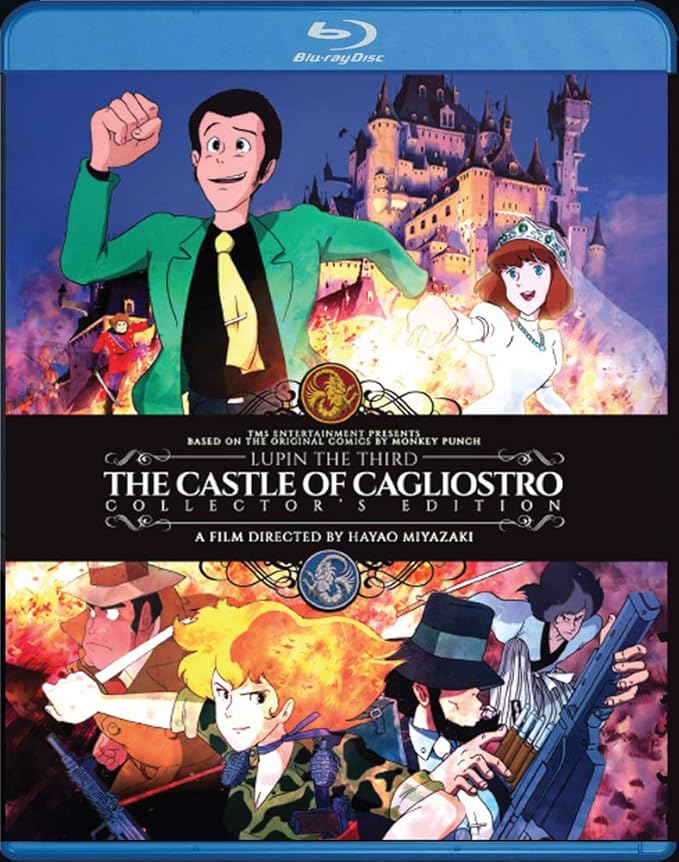
Conclusion: Between Truth and Myth
These legends—some plausible, others fantastical—show how deeply Ghibli has embedded itself into the cultural consciousness. Whether it’s metaphors of sex work, echoes of ancient myths, emotional devastation, or royalty in cosplay, Ghibli’s world exists not only on screen, but in the minds and memories of millions.
In Miyazaki’s films, the boundary between dream and reality is always porous. Perhaps that’s why these urban legends feel not just believable—but inevitable.
Sources and Further Reading
- The World of Kanji by Shirakawa Shizuka (白川静先生の漢字の世界, 2017)
- 22 Hidden Secrets in Spirited Away – Urban Legends and Symbolism
- Spirited Away Urban Legends: Hidden Meanings and Kaonashi’s Origins
- Studio Ghibli: The Craziest Fan Theories – Screen Rant
- Ghibli Rewatch: Lupin III – The Castle of Cagliostro – Tor.com
※ Unauthorized reproduction, video creation, and uploading of this article's content to YouTube, blogs, or other platforms is strictly prohibited.
Related Articles

The Tomb of Moses in Japan: Did the Biblical Prophet Die at the Age of 587 in a Remote Japanese Town?

The Last Stop: A True Japanese Ghost Story of the Final Train Home

Kamaitachi: The Sickle-Weasel Yokai That Slashes People in Whirlwinds

Ohaguro Bettari: The Tragic Ghost Behind Japan’s Faceless, Black-Toothed Yokai
Popular Series
This is the page for The Dark Legends of Studio Ghibli: Secret Meanings, Forgotten Endings, and Royal Obsessions. Find the latest news about Ghibli and more on TOCANA - the paranormal news media that stimulates your curiosity
Urban Legends Latest Articles
The Definitive Guide to Japan's Scariest Urban Legends: From Kuchisake-Onna to Kisaragi Station
2025.10.20 23:00 Urban LegendsKunekune: The Definitive Guide to Japan's Terrifying, Twisting Field Monster
2025.10.19 23:00 Urban LegendsNNN Special Broadcast: The Definitive Guide to Japan's Lost, Lethal TV Broadcast
2025.10.14 23:00 Urban Legends

